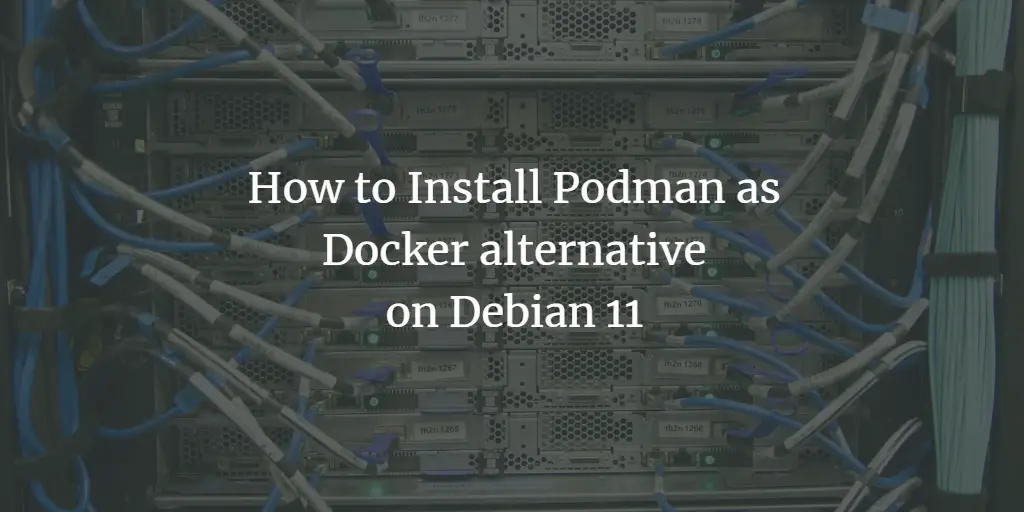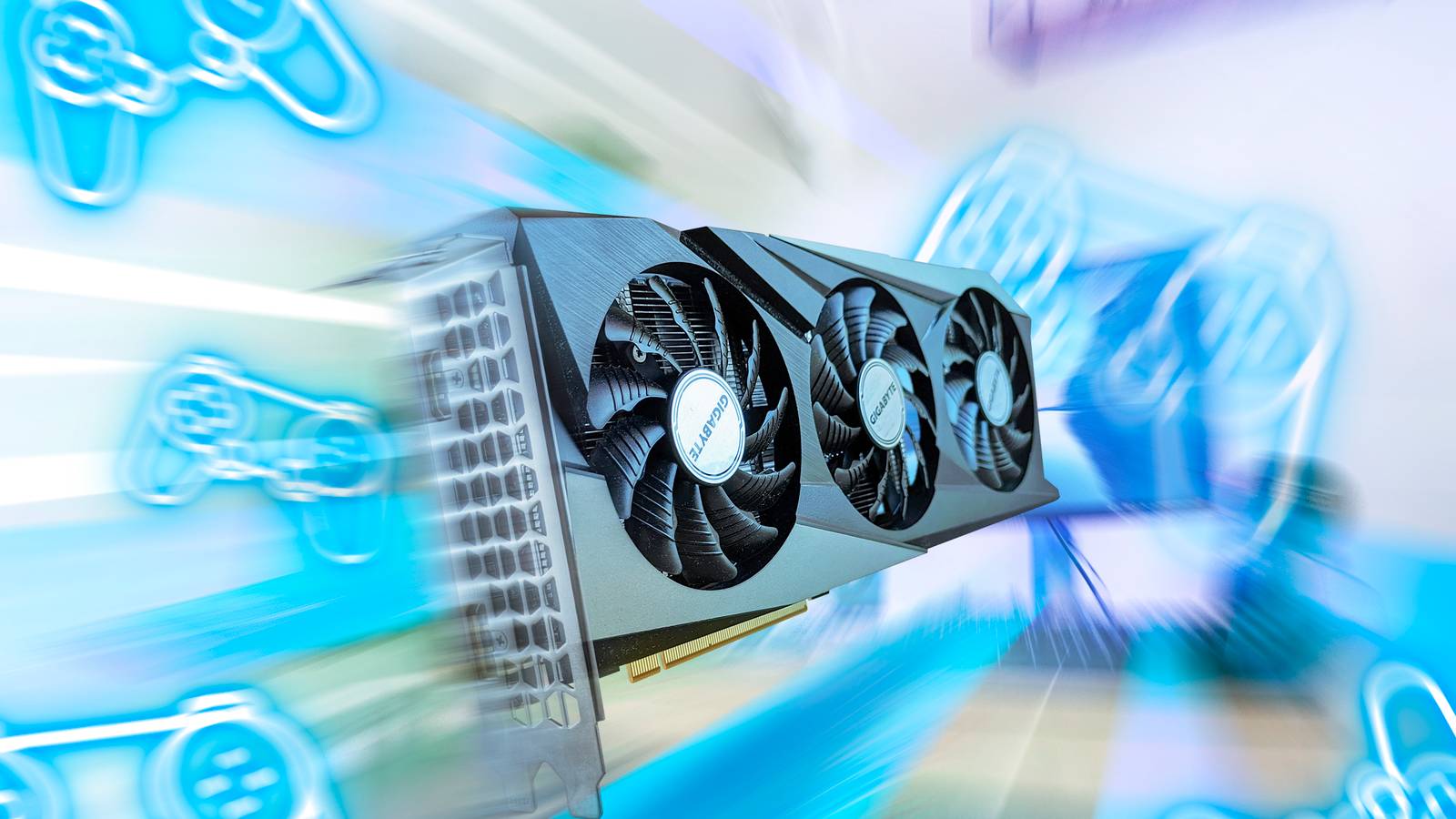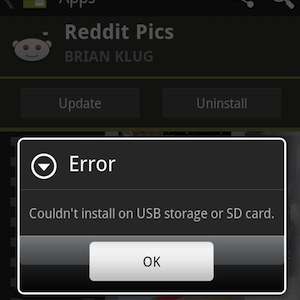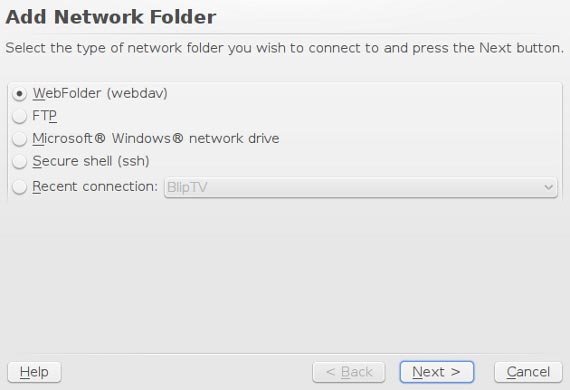Sostituzione di un disco guasto in RAID1
9 Test
Simuliamo ora la rottura di un disco. Non importa se scegliete /dev/hda o /dev/hdb. Nell’esempio seguente si assume che /dev/hdb sia guasto.
Potete simulare la rottura spegnendo la macchina e rimuovendo fisicamente /dev/hdb, oppure rimuovendolo a caldo con i comandi seguenti:
mdadm --manage /dev/md0 --fail /dev/hdb1
mdadm --manage /dev/md1 --fail /dev/hdb5
mdadm --manage /dev/md2 --fail /dev/hdb6Poi rimuovete le partizioni dall’array:
mdadm --manage /dev/md0 --remove /dev/hdb1
mdadm --manage /dev/md1 --remove /dev/hdb5
mdadm --manage /dev/md2 --remove /dev/hdb6Spegnete il sistema:
shutdown -h nowQuindi inserite un nuovo disco come /dev/hdb (se avete simulato il guasto di /dev/hda, rimontate il disco fisico in /dev/hda e connettete il nuovo come /dev/hdb) e riavviate. Il sistema dovrebbe avviarsi normalmente.
Ora verificate lo stato degradato dell’array:
cat /proc/mdstatEsempio di output:
[root@server1 ~]# cat /proc/mdstat
Personalities : [raid1]
md1 : active raid1 hda5[0]
417536 blocks [2/1] [U_]
md0 : active raid1 hda1[0]
176576 blocks [2/1] [U_]
md2 : active raid1 hda6[0]
4642688 blocks [2/1] [U_]
unused devices:
[root@server1 ~]# L’output di fdisk -l dovrebbe somigliare a questo:
[root@server1 ~]# fdisk -l
Disk /dev/hda: 5368 MB, 5368709120 bytes
255 heads, 63 sectors/track, 652 cylinders
Units = cylinders of 16065 * 512 = 8225280 bytes
Disk identifier: 0x00000000
Device Boot Start End Blocks Id System
/dev/hda1 * 1 22 176683+ fd Linux raid autodetect
/dev/hda2 23 652 5060475 5 Extended
/dev/hda5 23 74 417658+ fd Linux raid autodetect
/dev/hda6 75 652 4642753+ fd Linux raid autodetect
Disk /dev/hdb: 5368 MB, 5368709120 bytes
16 heads, 63 sectors/track, 10402 cylinders
Units = cylinders of 1008 * 512 = 516096 bytes
Disk identifier: 0x00000000
Disk /dev/hdb doesn't contain a valid partition table
Disk /dev/md2: 4754 MB, 4754112512 bytes
2 heads, 4 sectors/track, 1160672 cylinders
Units = cylinders of 8 * 512 = 4096 bytes
Disk identifier: 0x00000000
Disk /dev/md2 doesn't contain a valid partition table
Disk /dev/md0: 180 MB, 180813824 bytes
2 heads, 4 sectors/track, 44144 cylinders
Units = cylinders of 8 * 512 = 4096 bytes
Disk identifier: 0x00000000
Disk /dev/md0 doesn't contain a valid partition table
Disk /dev/md1: 427 MB, 427556864 bytes
2 heads, 4 sectors/track, 104384 cylinders
Units = cylinders of 8 * 512 = 4096 bytes
Disk identifier: 0x00000000
Disk /dev/md1 doesn't contain a valid partition table
[root@server1 ~]#Copiate ora la tabella delle partizioni da /dev/hda a /dev/hdb:
sfdisk -d /dev/hda | sfdisk --force /dev/hdbEsempio di output del comando:
[root@server1 #] sfdisk -d /dev/hda | sfdisk --force /dev/hdb
Warning: extended partition does not start at a cylinder boundary.
DOS and Linux will interpret the contents differently.
Checking that no-one is using this disk right now ...
OK
Disk /dev/hdb: 10402 cylinders, 16 heads, 63 sectors/track
sfdisk: ERROR: sector 0 does not have an msdos signature
/dev/hdb: unrecognized partition table type
Old situation:
No partitions found
New situation:
Units = sectors of 512 bytes, counting from 0
Device Boot Start End #sectors Id System
/dev/hdb1 * 63 353429 353367 fd Linux raid autodetect
/dev/hdb2 353430 10474379 10120950 5 Extended
/dev/hdb3 0 - 0 0 Empty
/dev/hdb4 0 - 0 0 Empty
/dev/hdb5 353493 1188809 835317 fd Linux raid autodetect
/dev/hdb6 1188873 10474379 9285507 fd Linux raid autodetect
Warning: partition 1 does not end at a cylinder boundary
Successfully wrote the new partition table
Re-reading the partition table ...
If you created or changed a DOS partition, /dev/foo7, say, then use dd(1)
to zero the first 512 bytes: dd if=/dev/zero of=/dev/foo7 bs=512 count=1
(See fdisk(8).)
[root@server1 ~]#Dopo aver scritto la tabella, azzerate eventuali superblock RAID residui su /dev/hdb:
mdadm --zero-superblock /dev/hdb1
mdadm --zero-superblock /dev/hdb5
mdadm --zero-superblock /dev/hdb6Poi aggiungete le partizioni al RAID:
mdadm -a /dev/md0 /dev/hdb1
mdadm -a /dev/md1 /dev/hdb5
mdadm -a /dev/md2 /dev/hdb6Controllate lo stato di sincronizzazione:
cat /proc/mdstatEsempio durante la ricostruzione:
[root@server1 ~]# cat /proc/mdstat
Personalities : [raid1]
md1 : active raid1 hdb5[2] hda5[0]
417536 blocks [2/1] [U_]
resync=DELAYED
md0 : active raid1 hdb1[1] hda1[0]
176576 blocks [2/2] [UU]
md2 : active raid1 hdb6[2] hda6[0]
4642688 blocks [2/1] [U_]
[===========>.........] recovery = 59.9% (2784512/4642688) finish=7.5min speed=4076K/sec
unused devices:
[root@server1 ~]# Attendete il completamento della sincronizzazione. Quando l’array è sano, lo stato mostra [UU]:
[root@server1 ~]# cat /proc/mdstat
Personalities : [raid1]
md1 : active raid1 hdb5[1] hda5[0]
417536 blocks [2/2] [UU]
md0 : active raid1 hdb1[1] hda1[0]
176576 blocks [2/2] [UU]
md2 : active raid1 hdb6[1] hda6[0]
4642688 blocks [2/2] [UU]
unused devices:
[root@server1 ~]# Infine reinstallate il bootloader GRUB su entrambi i dischi avviabili:
grubNel prompt di grub eseguite:
root (hd0,0)
setup (hd0)
root (hd1,0)
setup (hd1)
quitImportante: verificate sempre due volte i nomi dei dispositivi prima di eseguire comandi distruttivi. Un errore su sfdisk o dd può cancellare dati.
Playbook rapido
- Identificare il disco guasto con cat /proc/mdstat e fdisk -l
- Simulare il fail con mdadm –manage –fail e –remove
- Spegnere e sostituire il disco fisico se necessario
- Copiare la tabella partizioni: sfdisk -d /dev/hda | sfdisk –force /dev/hdb
- mdadm –zero-superblock sulle partizioni nuove
- mdadm -a per aggiungere le partizioni al RAID
- Monitorare con cat /proc/mdstat fino a [UU]
- Reinstallare GRUB su entrambi i dischi
Checklist per ruolo
- Amministratore: verificare backup recenti; approvare la procedura; comunicare la finestra di manutenzione
- Operatore: eseguire i comandi, documentare gli errori, monitorare la ricostruzione
- Verificatore QA: confermare che il servizio si avvia e che i filesystem sono montati
Criteri di accettazione
- L’array RAID mostra [UU] per tutte le risorse
- Il sistema si avvia correttamente da entrambi i dischi (GRUB installato)
- Non ci sono messaggi di errore in dmesg relativi a device o superblock
Quando questa procedura può fallire e alternative
- Il nuovo disco è difettoso: sostituirlo con un altro modello/slot
- Differenze di geometria disco problematiche: usare partizioni con allineamento corretto e verificare con fdisk o parted
- Superblock non cancellabile: usare mdadm –zero-superblock con il dispositivo corretto o riavviare in single-user
Alternative:
- Usa il live CD/USB per operazioni su disco senza mount attivi
- In ambienti enterprise, eseguire hot-swap e lasciare che il controller/hardware gestisca il rebuild
Troubleshooting rapido
- Se la ricostruzione non parte, controllare /var/log/messages o dmesg per errori SCSI
- Se sfdisk rifiuta la scrittura, verificare che il disco non sia protetto in hardware
- Se GRUB non si installa, usare grub-install o reinstallare da un live environment
10 Link
- The Software-RAID Howto: http://tldp.org/HOWTO/Software-RAID-HOWTO.html
- Mandriva: http://www.mandriva.com
Sommario
- Simulare il guasto, copiare la tabella partizioni e aggiungere il nuovo disco al RAID ricostruendo l’array sono i passaggi chiave.
- Verificate lo stato con cat /proc/mdstat e reinstallate il bootloader su entrambi i dischi.
- Tenete una checklist e ruoli chiari per minimizzare rischi operativi.



